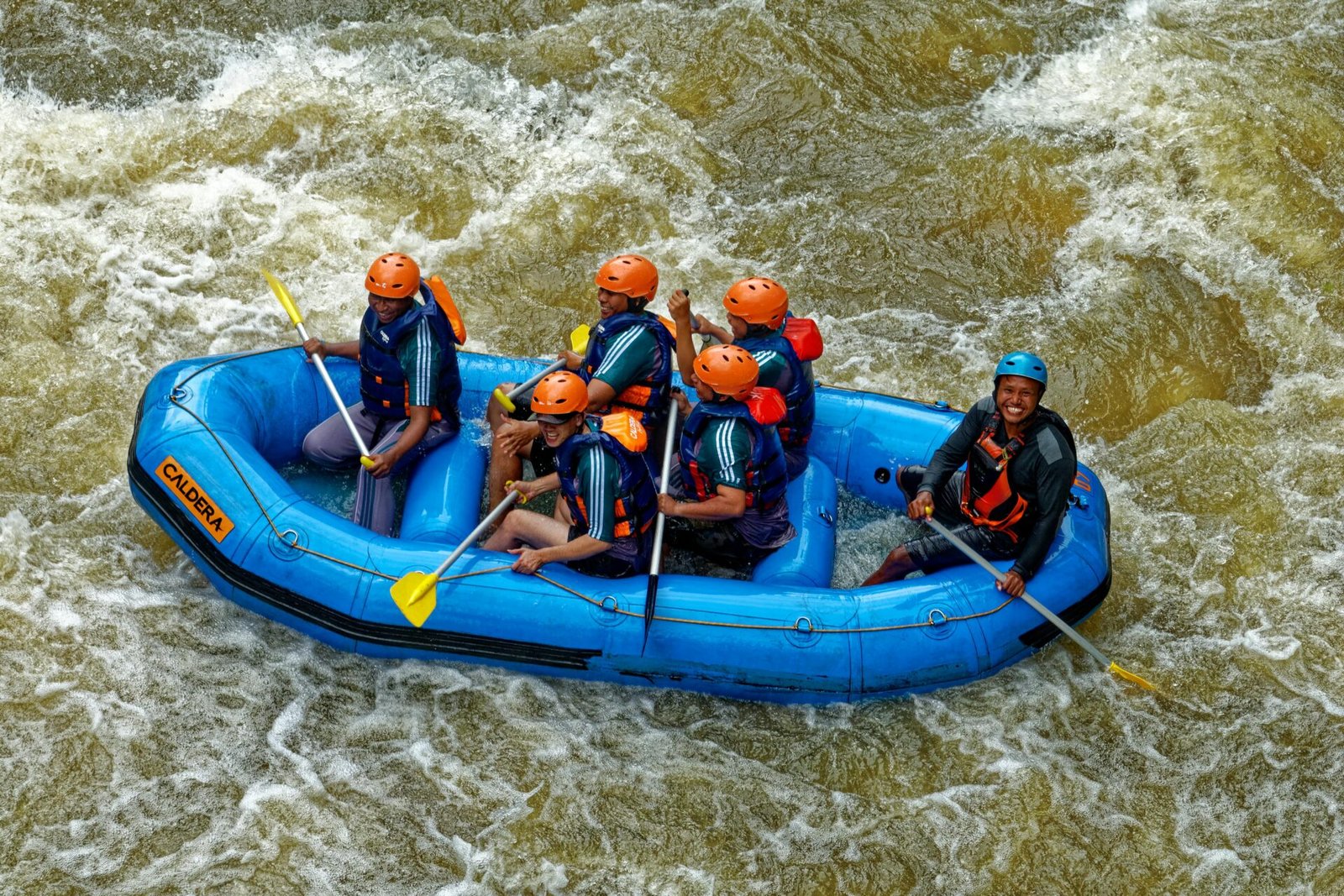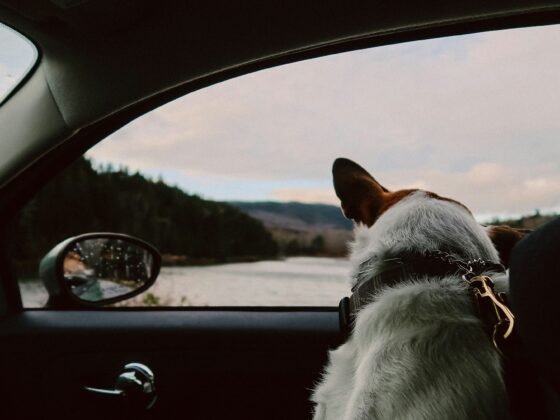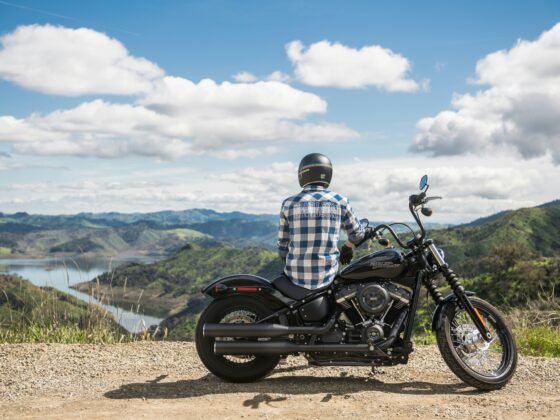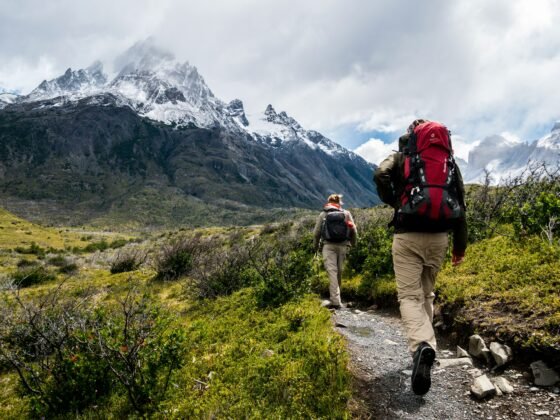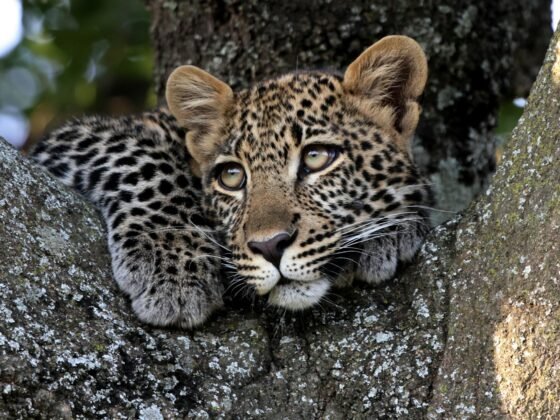The global adventure sports market is booming. It is driven by a growing desire for experiences that combine physical activity with a connection to nature.
According to Straits Research, the market was valued at over $239 billion in 2024. It is projected to reach over $347 billion by 2033, fueled by a rising focus on health and wellness. Among the most popular and exhilarating of these pursuits is white water rafting, an activity that promises teamwork, adrenaline, and stunning scenery.
However, a great rafting experience hinges on one crucial decision: choosing the right outfitter. A good outfitter is not just a tour operator. They are a partner in adventure, ensuring safety, providing quality equipment, and employing experienced guides.
This guide will walk you through what to look for in an outfitter so you can have a memorable adventure on the water.
Safety Standards and Certifications
When selecting a white water rafting outfitter, safety should be your top priority. Choose companies that uphold strict safety protocols and hold certifications from organizations like the International Rafting Federation (IRF). Such credentials confirm that guides are thoroughly trained in first aid, CPR, and swift water rescue.
A reliable outfitter will also supply essential protective gear while maintaining appropriate guide-to-participant ratios. Recent events, such as the September hurricane that devastated the Tennessee-North Carolina border, highlight the unpredictability of rivers.
As WPLN News reported, flooding damaged equipment and dramatically altered the river itself, a wild and scenic corridor managed by the U.S. Forest Service. In such environments, where cell service is absent, it’s vital to ask about an outfitter’s emergency response plans and communication systems.
A clear safety record and transparent practices are essential to ensuring your adventure is both exciting and secure.
River Knowledge and Route Selection
An outfitter’s river knowledge plays a vital role in ensuring both safety and enjoyment. On rivers like the Arkansas, where rafting conditions can change rapidly, expertise is essential. For example, earlier this year, a mix of rain, snow, and cooler temperatures followed a brief heatwave that had raised concerns about rapid snowmelt.
This shift slowed the runoff, and soon after, the water was running clear, marking a strong start to the Arkansas River whitewater rafting season. The river level rose high enough to deliver thrilling rapids and was expected to increase further in the coming weeks before tapering off.
Rafting companies track water flow daily. They match routes to guests’ skill levels and risk tolerance, while gauging how much water will sustain the season. Experienced outfitters adjust trips based on these shifts, offering everything from gentle floats to advanced rapids. Their knowledge ensures routes balance excitement, safety, and seasonal conditions for every group.
Equipment Quality and Maintenance
Professional-grade equipment is the foundation of a safe and enjoyable whitewater rafting experience. According to Echo Canyon River Expeditions, a good outfitter, prioritizes safety and comfort by maintaining every piece of gear. This includes rafts, paddles, helmets, and life jackets, all of which should be commercial-grade and meet or exceed industry standards.
Rafting companies maintain detailed logs for their gear, documenting regular inspections, repairs, and replacement schedules.
In addition to core equipment, quality outfitters provide well-maintained accessories such as wetsuits, splash jackets, and river shoes. Ensuring all equipment is in excellent working condition and properly fitted before each trip is crucial.
Before booking, ask about the outfitter’s equipment age, maintenance policies, and replacement schedules. Reputable companies will be transparent about their high standards, which guarantee a safer and more comfortable adventure for you and your group.
Environmental Responsibility and River Stewardship
Leading rafting outfitters recognize their role in protecting the environments where they operate. Ask about their sustainability practices, such as following Leave No Trace principles, supporting local conservation, and participating in river clean-up days. These companies understand that preserving the ecosystem is crucial for the long-term health of their business and the environment.
This commitment aligns with the broader tourism industry’s efforts to become more sustainable. For instance, the World Travel & Tourism Council (WTTC) reports that the sector’s growth is becoming cleaner. Its economic contribution is growing faster than its environmental impact.
In 2023, while travel’s contribution to global GDP neared pre-pandemic levels, its greenhouse gas emissions were 12% lower than the 2019 peak. Choosing outfitters that prioritize river conservation ensures you are supporting a business that values quality, safety, and a rich, responsible adventure.
Customer Service and Trip Customization
Excellent customer service is a hallmark of a professional outfitter. These companies provide clear communication, comprehensive trip briefings, and responsive support from the moment you book. They understand that each group has unique needs and offer customizable experiences, from half-day trips to multi-day expeditions.
Quality outfitters are prepared to accommodate special dietary needs and varying comfort levels. They offer flexible scheduling and transparent cancellation policies. Beyond the basics, they often provide extra services like photography, equipment rentals, and transportation.
A great outfitter will also follow up after your trip to ensure your satisfaction, demonstrating a commitment to continuous improvement. By tailoring the experience to your specific needs and abilities, these companies ensure a truly memorable and personalized adventure.
Frequently Asked Questions (FAQs)
How do I know if a rafting outfitter is properly licensed and insured?
A reputable rafting outfitter should hold permits from managing agencies, maintain commercial liability insurance, and comply with state or federal regulations. Always ask to see documentation, check agency websites, or verify through local tourism boards. Licensed, insured outfitters prioritize guest safety and meet established professional standards.
What should I bring or wear for a white water rafting trip?
For a white water rafting trip, wear quick-drying clothes, secure footwear like water shoes, and avoid cotton. Bring sunscreen, a hat with a strap, and sunglasses with retainers. Outfitters usually provide safety gear, but carrying a change of clothes and a towel is recommended.
Is white water rafting suitable for children or beginners?
Yes, white water rafting can be suitable for children and beginners, depending on the river’s difficulty. Many outfitters offer family-friendly trips on calmer Class I–III rapids, providing professional guides, safety gear, and clear instructions. Always check age requirements, water conditions, and outfitter experience to ensure a safe, enjoyable adventure.
The right white water rafting outfitter serves as your guide to nature’s thrill ride, turning rushing rapids into a safe, exhilarating, and unforgettable experience. Prioritize safety, equipment quality, and transparency. Look for passionate guides, thoughtful stewardship of the river, and a company culture that values guests’ well-being over volume.
While no adventure comes without a degree of risk, with the right outfitter, you can be confident that those risks are minimized. Prepare, ask questions, and then dive into the adventure knowing you are in capable hands.
Image: Pexels, Tom Fisk

